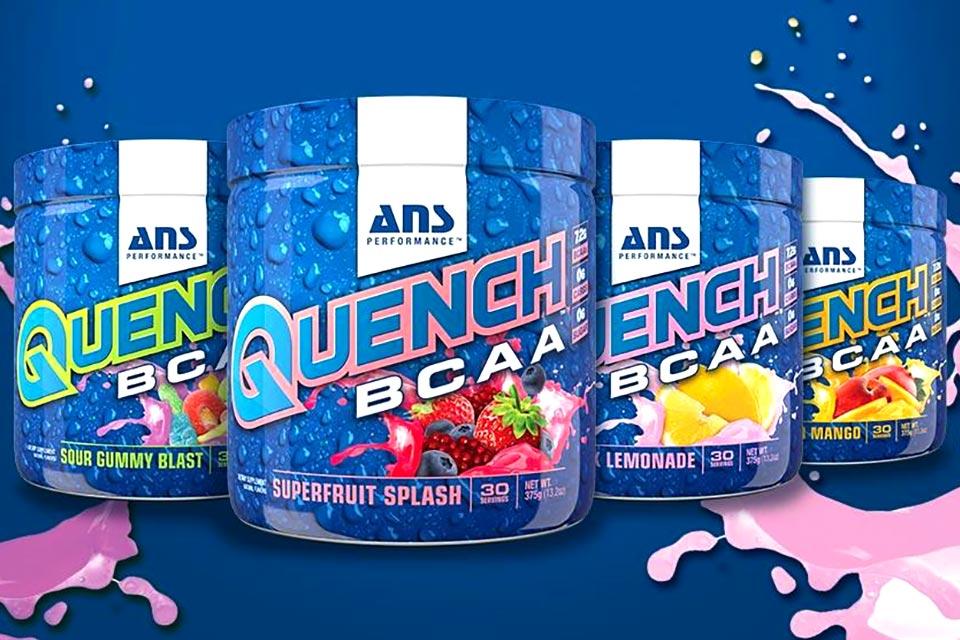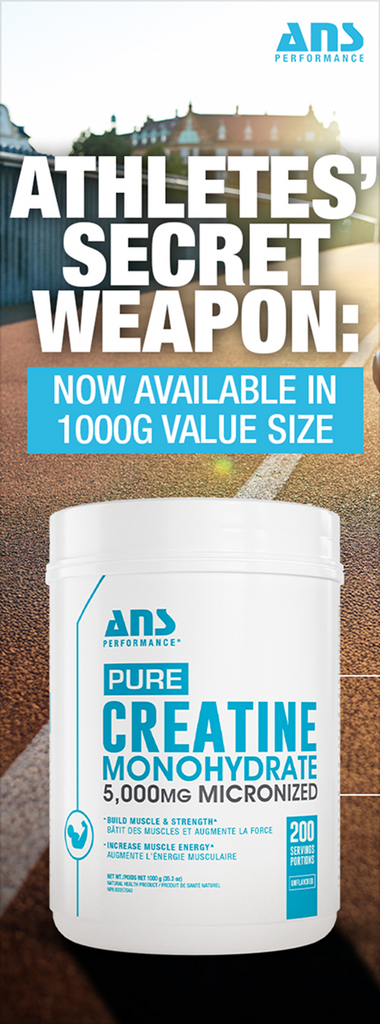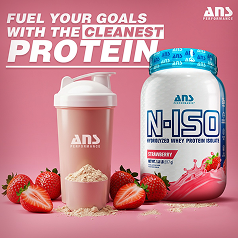

What are BCAAs?
BCAA stands for branched-chain amino acid. The name comes from the fact that the amino acid ‘side chain’ is structurally forked or branched, which is part of the reason for their unique function amongst amino acids. There are three amino acids that comprise the BCAAs: leucine, isoleucine, and valine and all 3 are considered ‘essential’ since the body cannot synthesize them on its own, and therefore they need to be obtained from the diet via food or supplementation.
The BCAAs are found in protein-rich foods, with the highest concentrations in chicken, beef, fish, eggs, and whey protein. Our bodies digest these foods to release the protein bound BCAAs. Supplemented BCAAs are ‘free-form’ (not bound within peptides or whole protein), and as such they require no digestion allowing for rapid absorption into the bloodstream.
Okay, but what can they do for me?
BCAAs are truly multi-functional and multi-purpose in nature. They are most well known and most prominently marketed for muscle growth and recovery, but there is a whole host of other benefits to BCAAs that may make them a worthwhile addition to your supplement regime:
- Enhance Muscle Protein Synthesis: Leucine in particular triggers what’s called the mTORC1 signalling pathway, an essential step in muscle building.
- Increase Fat Burning & Support Fat Loss: Higher BCAA intake has been linked to improved body composition. It is believed that leucine increases energy expenditure and fat oxidation, while isoleucine improves glucose tolerance.
- BCAA Supplementation can Support Hormone Balance: high intensity training can raise cortisol, which can negate your gains; but studies have shown that BCAA supplementation can improve testosterone to cortisol ratio, lower inflammation markers and improve recovery times.
- BCAAs Enhance Endurance & Lower Fatigue: BCAAs can be burned as energy to maintain ATP energy levels during rigorous exercise; and valine in particular inhibits uptake of tryptophan into the brain which can slow the production of serotonin. This is the neurotransmitter that signals fatigue, and can shut you down mentally.
- BCAAs can Lower Muscle Soreness: Several studies have demonstrated that supplementation with BCAAs can lower post-workout DOMS (delayed onset muscle soreness). The net result is a quicker recovery so that you can train more frequently for more gains.
- Prevent Muscle Loss: even in the absence of exercise, BCAAs can trigger protein synthesis and help preserve muscle tissue while preventing fat gain. BCAAs are anti-catabolic, they can prevent muscle wastage during endurance exercise by creating a bigger pool of available aminos for energy use, so that muscle degradation doesn’t have to occur.
What is the optimal ratio BCAAs?
The 2:1:1 ratio of leucine to isoleucine and valine is the most effective and most clinically studied ratio of BCAAs. Don’t be fooled by the marketing of products who jump on the higher leucine ratio bandwagon, because intake of the right balance is critical to the multi-functional utility of BCAAs.
Whey protein which has amongst the highest biological value ratings of any protein source, has a naturally occurring ratio of BCAAs that is 2:1:1, this is pretty telling since nature tends to get it right. Our own muscle proteins have a natural ratio of 2:1:1 of the BCAAs as well.
There is no doubt that of the 3 BCAAs leucine is ‘king’ when it comes to triggering muscle protein synthesis, but it can’t operate alone. One study compared leucine alone to both a 2:1:1 BCAA supplement and placebo, given before and after a leg workout. While both triggered protein synthesis more than placebo, the BCAA supplement demonstrated a prolonged and higher level activation than leucine of a key protein responsible for protein synthesis. The levels remained elevated for 6 hours post-exercise!
Another reason to avoid higher ratio BCAA supplements is that there is incredible value in both valine and isoleucine. Valine is involved in perception of muscle fatigue, and its use can help you finish more reps, recover quicker and maintain strength. While isoleucine has the ability to promote fat loss via activation of PPARs (peroxisome proliferator-activated receptors), which are receptors that can increase the body’s fat burning rate and at the same time inhibit fat storage. Going with products with higher ratios of leucine, you could be definitely selling yourself short on some of these incredible benefits.
When to take them? How much?
BCAAs are truly versatile, and when to take them can depend on the type of athlete you are, the type of diet you’re on and what your goals are. Research has shown that BCAA levels in muscle tissue decrease significantly after exercise, so to prevent declines in strength, endurance and muscle mass, BCAAs should be ideally dosed around exercise. They can be taken 15-30 minutes pre-workout to create an amino acid reservoir of energy for your muscles. BCAAs can also be taken ‘intra’ or during your workouts, to ensure their availability for muscle energy and to prevent tissue breakdown. They can also be taken after your workout to replenish depleted BCAA stores, trigger muscle protein synthesis and improve recovery.
If money were no object, it would be easy to recommend to take BCAAs before, during and after your workout. But for most people taking them either pre-workout or intra-workout will do the trick. Follow up your workout with some protein (food or supplement) to get the full spectrum of essential amino acids, but also an additional hit of natural occurring BCAAs to ensure maximum growth and recovery.
However BCAAs aren’t just for training days, BCAAs can trigger protein synthesis in the absence of exercise as well – so definitely be sure not to skip your dose on non-training days as well.
Typical dosing of BCAAs is 5 grams of a 2:1:1 mixture before or during your workout, following by another 5g post-workout. This gives your body the optimal amount of leucine to maximize muscle growth signalling, as well as solid dose of isoleucine and valine as well. Individuals with higher muscle mass or more intense training regimens may want to go higher on the dosing and double that up.








